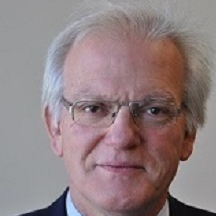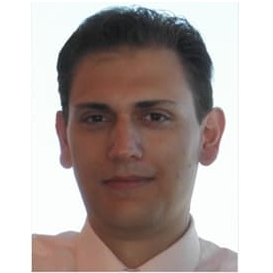Hydrodynamics of Fish Cages and Floating Permeable Structures
A special issue of Journal of Marine Science and Engineering (ISSN 2077-1312). This special issue belongs to the section "Ocean Engineering".
Deadline for manuscript submissions: closed (20 May 2023) | Viewed by 5414
Special Issue Editors
Interests: hydrodynamics of floating offshore structures; body–wave–current interactions; higher order effects; static and dynamic analysis of mooring systems; fish cages; fish farms; wave energy device analysis and efficiency evaluation; arrays of devices; floating wind turbines and multi-purpose floating marine energy platforms
Special Issues, Collections and Topics in MDPI journals
Interests: porous floating structures; wave energy converters; oscillating water column devices; arrays of bodies; mean drift second-order forces; hydrodynamics and loadings on floating structures
Special Issues, Collections and Topics in MDPI journals
Special Issue Information
Dear Colleagues,
Floating permeable structures offer a vast potential for growth. The great majority of them correspond to fish farming applications, which should be able to withstand the severe wave and current loads at installation locations. Furthermore, permeable structures are widely applied in the coastal and offshore industry for shore protection and the reduction of wave loads, whereas recently, several wind and fish farm systems have been reported in the marine sector to an early stage of application.
This Special Issue of JMSE is dedicated to recent advances in the area of floating permeable structures. The aim is to demonstrate hydrodynamic analyses of novel types of fish cages and/or fish nets, multi-purpose floating aquaculture systems, fish farms, permeable structures of arbitrary shape, etc., for offshore applications applying different types of numerical and theoretical models or state-of-the-art experimental testing.
Prof. Dr. Spyros A. Mavrakos
Dr. Dimitrios N. Konispoliatis
Guest Editors
Manuscript Submission Information
Manuscripts should be submitted online at www.mdpi.com by registering and logging in to this website. Once you are registered, click here to go to the submission form. Manuscripts can be submitted until the deadline. All submissions that pass pre-check are peer-reviewed. Accepted papers will be published continuously in the journal (as soon as accepted) and will be listed together on the special issue website. Research articles, review articles as well as short communications are invited. For planned papers, a title and short abstract (about 100 words) can be sent to the Editorial Office for announcement on this website.
Submitted manuscripts should not have been published previously, nor be under consideration for publication elsewhere (except conference proceedings papers). All manuscripts are thoroughly refereed through a single-blind peer-review process. A guide for authors and other relevant information for submission of manuscripts is available on the Instructions for Authors page. Journal of Marine Science and Engineering is an international peer-reviewed open access monthly journal published by MDPI.
Please visit the Instructions for Authors page before submitting a manuscript. The Article Processing Charge (APC) for publication in this open access journal is 2600 CHF (Swiss Francs). Submitted papers should be well formatted and use good English. Authors may use MDPI's English editing service prior to publication or during author revisions.
Keywords
- offshore aquaculture
- fish cages
- elastic porous bodies
- permeable structures
- waves and current
- linear and no linear wave theory
- hybrid aquaculture ocean systems






